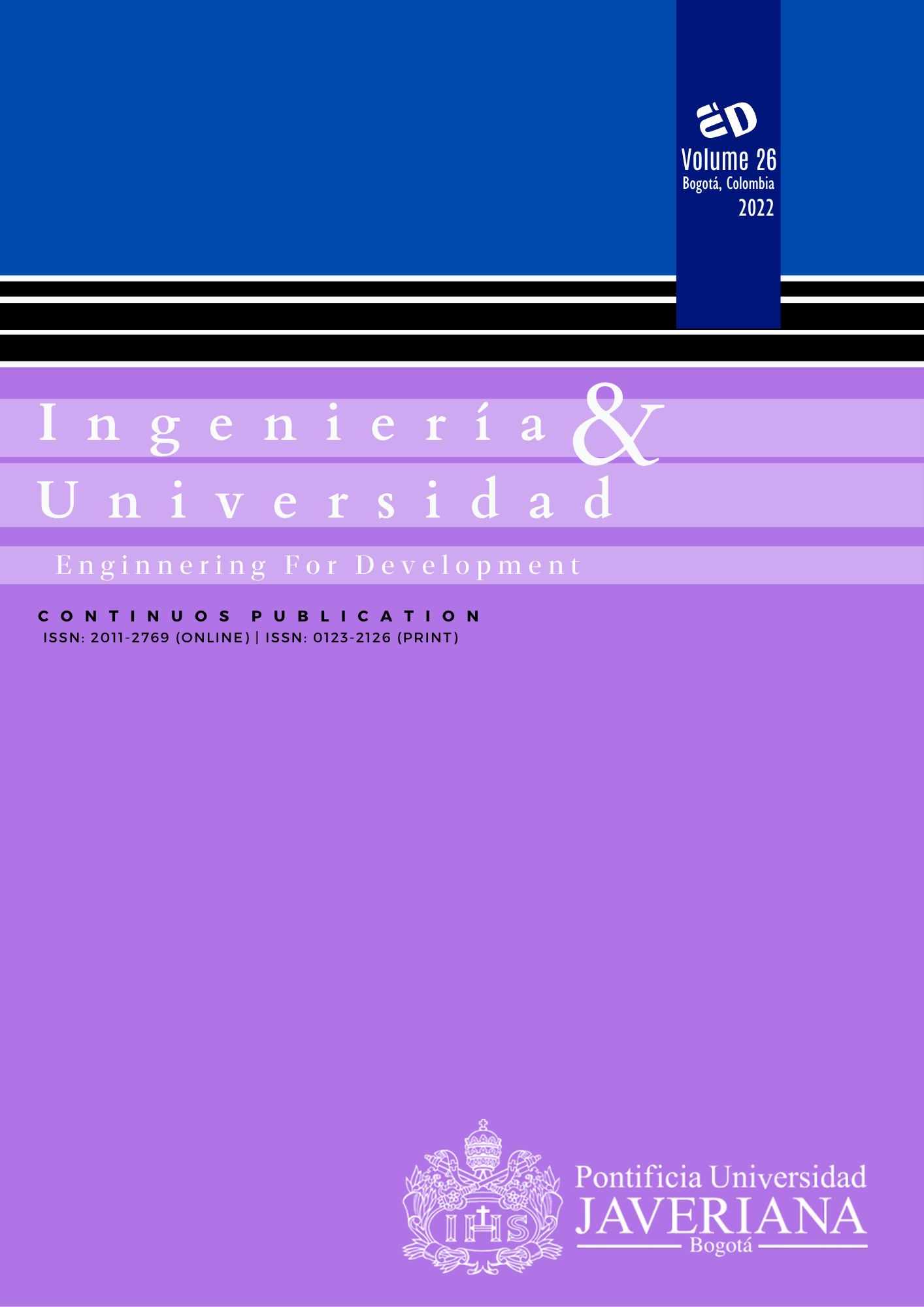Abstract
Objective: Design the landing gear for a CESTOL type aircraft according to FAR 23 using: (i) the conceptual designs of the nose and main gear and (ii) evaluate the structural strength of the design by means of finite element analysis at a stage of landing. Materials and methods: The initial requirements for the theoretical development of a preliminary landing gear design are used as a case study. The aircraft’s structure is taken as a base for the different design stages. This analysis is according to a static and level landing condition selected on each gear with a side and supplementary load. Additionally, calculations of geometric parameters and mechanical resistance with preselecting materials for the component analysis to determine and compare theoretical results with finite elements to evaluate the reliability of the design approach. Results and discussion: It is determined to move the main landing gear backward near the cargo area. That allows for better aircraft performance, placing the GC in front of the main gear and avoiding an overturn. However, this load percentage changes in proportion to the longitudinal stability criterion, where it generates an increase in the contribution to the mechanical stress in the structure of the gear. Conclusions: Results obtained about stability, controllability, and structural analysis are acceptable for the regulations of FAA Part 23 with standards associated with airworthiness, being corroborated with theoretical analysis and combined loads.
Departamento Nacional de Planeación, “DNP le apuesta a una política de desarrollo productivo del sector aeronáutico colombiano,” 2017. [Online]. Available: https://www.dnp.gov.co/Paginas/DNP-le-apuesta-a-una-política-de-desarrollo-productivo-del-sector-aeronáutico-colombiano.aspx
M. H. Sadraey, Aircraft design: a systems engineering approach, 1ra ed., New Hampshire, USA: John Wiley & Sons, Ltd, 2013.
G. S. Santiago Gonzalez and D. G. Diego Duran, “Diseño preliminar del tren de aterrizaje para una aeronave tipo CESTOL FAR 23,” Universidad de San Buenaventura- Bogota, 2020.
Electronic Code of Federal Regulations, “part 23—airworthiness standards: normal category airplanes,” 2020. [Online]. Available: https://www.ecfr.gov/cgi-bin/text-idx?SID=c2894c7e493aa181e895875b4dc364c1&mc=true&tpl=/ecfrbrowse/Title14/14cfr23_main_02.tpl
B. G. Shpati, “Aircraft CG Envelopes,” p. 40, 2011. https://www.sawe.ca/download/tech2011/Aircraft%20CG%20Envelopes.pdf
M. Ashby, H. Shercliff and D. Cebon, Materials: Engineering , Science, Processing and Design. 2009.
C. Michael Allen Adjelian Allen Rubeli Ltd et al., Metals HandBook, Properties and Selection: Nonferrous Alloys and Special-Purpose Material, vol. 2, 10th ed. 1990.
L. Pazmany, Landing gear design for light aircraft, San Diego: Pazmany Aircraft Corp, 1986.
F. P. Beer, E. R. Johnston, J. T. DeWolf and D. F. Mazurek, Mecánica De Materiales" 5 ed., Mexico: McGraw-Hill, p. 736, 2009.
M. C. Y. Niu, Airframe Stress Analysis and Sizing, 2nd ed., 1999.
E. F. Bruhn, Analysis and Design of Flight Vehicle Structures, 1973.
G. E. Maddux, L. A. Vorst, J. F. Giessler and T. Moritz, “Stress Analysis Manual,” 1969. https://apps.dtic.mil/sti/pdfs/AD0759199.pdf

This work is licensed under a Creative Commons Attribution 4.0 International License.
Copyright (c) 2022 Diego Andrés Durán-Giraldo, Carlos Santiago González-Sierra, Fabio Alejandro Merchán-Rincón, MSc



